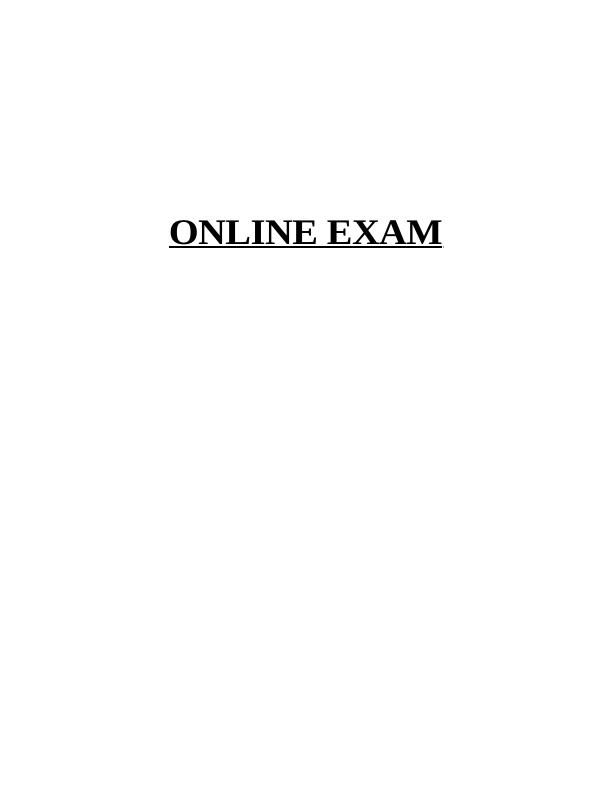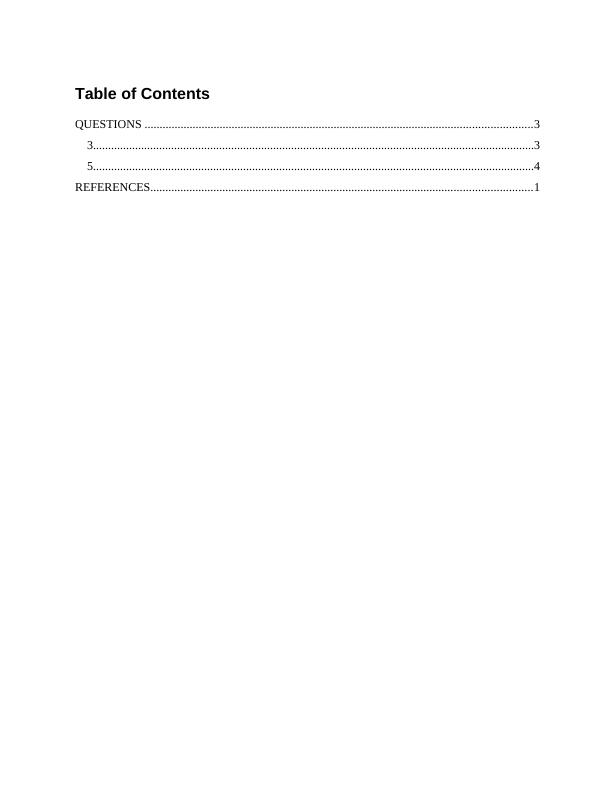Monetary Policy and Quantitative Easing
6 Pages1312 Words78 Views
Added on 2022-12-29
About This Document
This document discusses the concepts of monetary policy, including bank rate, repo rate, reserve repo rate, and quantitative easing in the UK. It also explains the concept of demand elasticity and the relationship between price changes and demand for complementary goods.
Monetary Policy and Quantitative Easing
Added on 2022-12-29
ShareRelated Documents
End of preview
Want to access all the pages? Upload your documents or become a member.
Monetary Policy in Australia
|6
|1095
|94
Can the monetary authorities control the money supply precisely?
|8
|1851
|63
Financial Management Assignment : European Central Bank
|10
|2153
|19
The effect of Fiscal Policy Assignment Solution
|13
|3716
|213
Reason behind adoption of Quantitative easing
|4
|690
|84
Causes and Solutions of Inflation in the Global Economy
|9
|1736
|319



